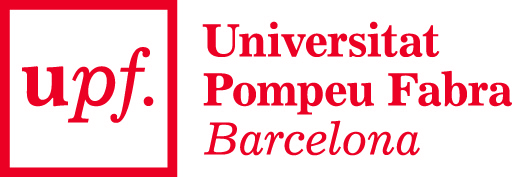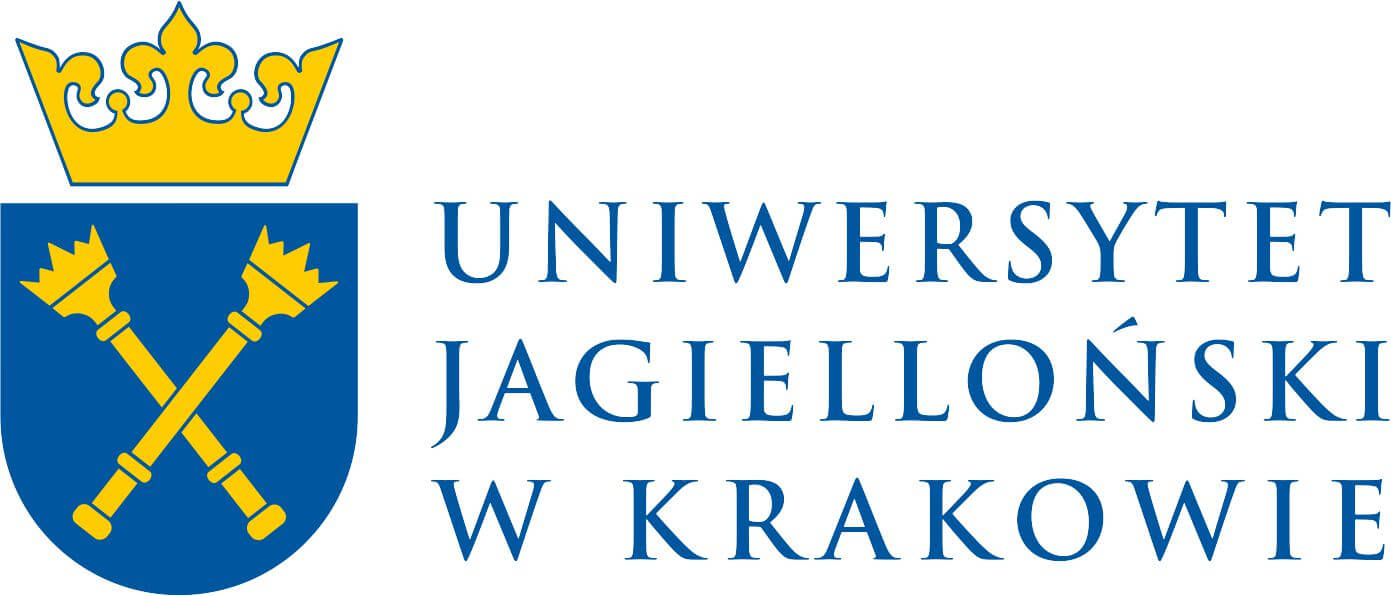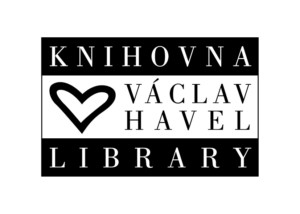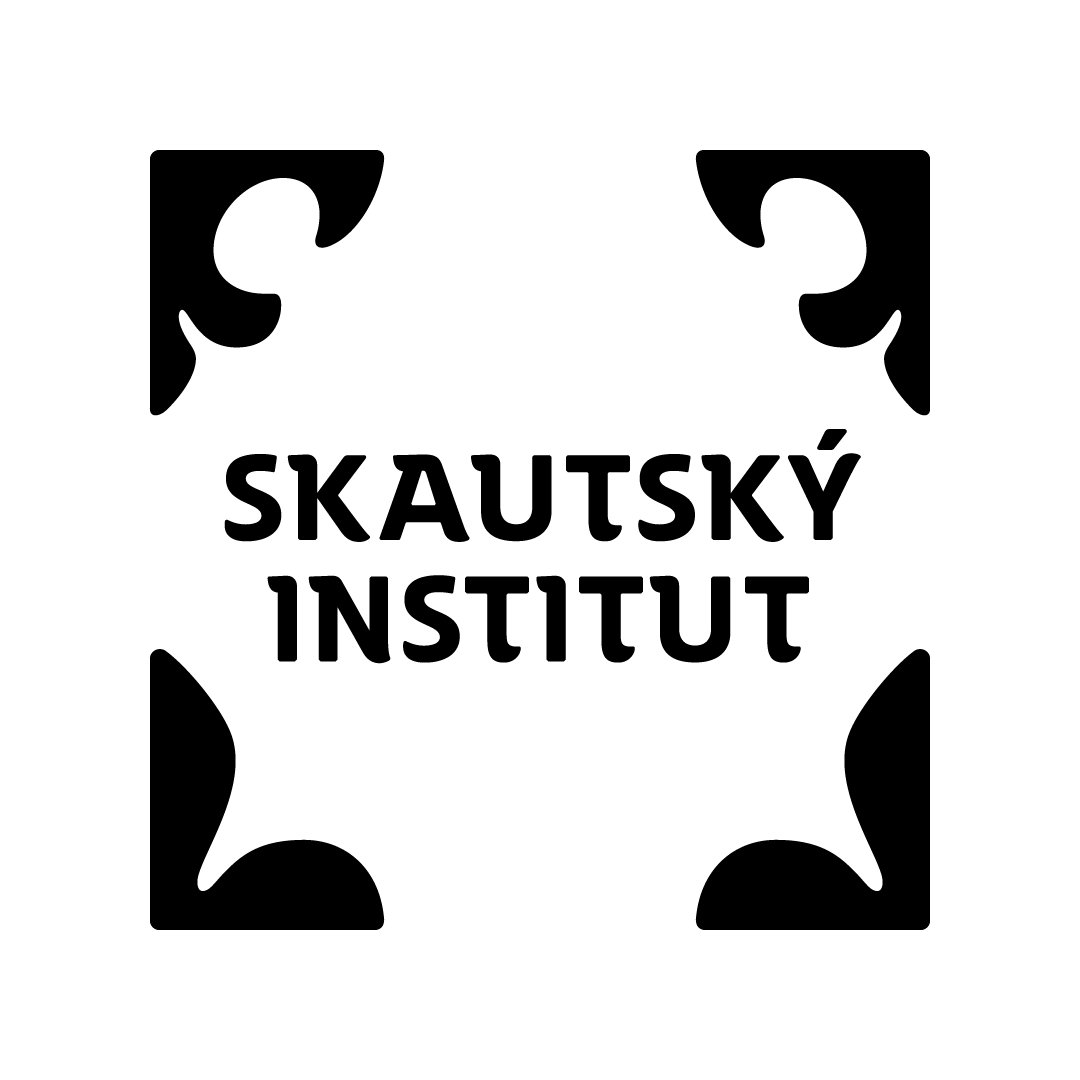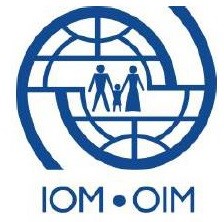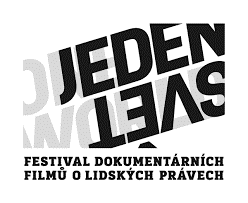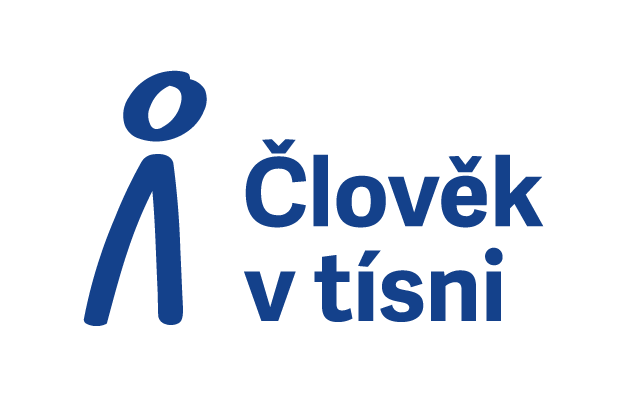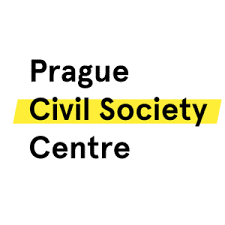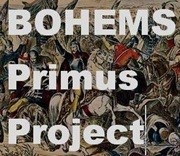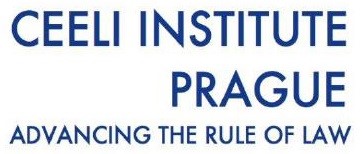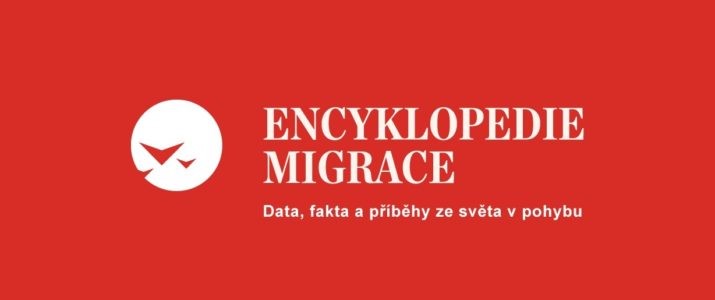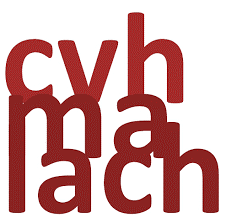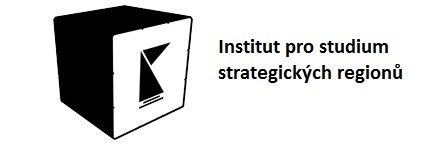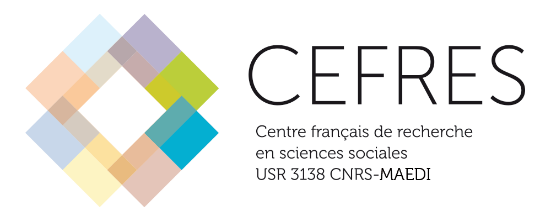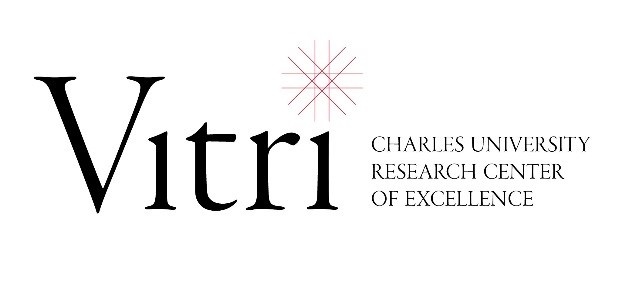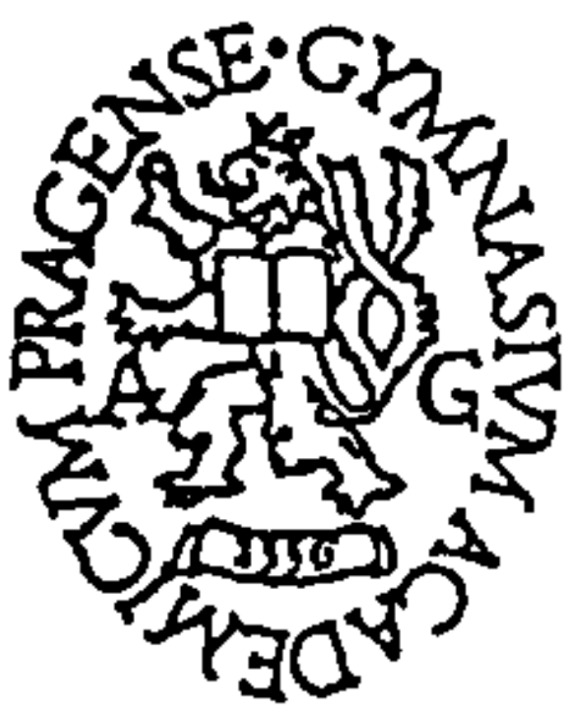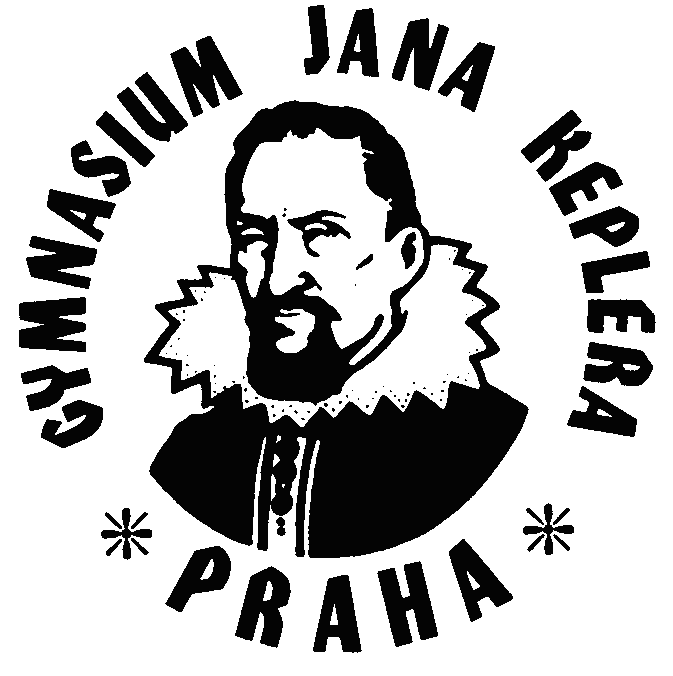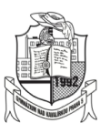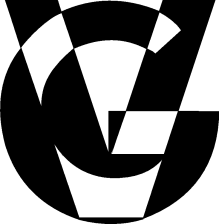Srebrenica: Four Seasons in the Silver Valley
Srebrenica: Four Seasons in the Silver Valley
11.2.2018 František Šístek
 We all know the place from the news. At least we think we know since we have seen those scenes many times: the rows of green coffins, the white marble gravestones, the weeping women with baggy trousers shrouded in headscarfs, the politicians in dark suits, their bodyguards with sunglasses, the reporters, the interpreters, the cameramen and the occasional green hills in the background. These images have become familiar as every year on July 11 hordes of journalists and other visitors routinely flock to that corner of Eastern Bosnia in order to cover the annual collective burials of the recently identified victims of the Srebrenica genocide in 1995. The well-planned and coldly orchestrated killing of some 8000 men captured in the town of Srebrenica and its vicinity following the fall of this besieged enclave (officially a “safe area” declared by the United Nations) into the hands of the military forces that had been encircling the town for several years, constituted Europe´s greatest mass murder since the Second World War. For more than two decades, another source of instantly recognizable visual representations related to Srebrenica had been provided by the proceedings of the International Criminal Tribunal for Former Yugoslavia (ICTY). On November 22, 2017, the ICTY sentenced the general Ratko Mladić, the last major high-ranking military and political figure involved in the Srebrenica massacre, to life in prison for genocide. With the recent closure of the ICTY, it is reasonable to expect that we will hear and see less of Srebrenica in global media in the upcoming years. “The pictures in our heads”, as the American pioneer of “imagology” Walter Lippmann would label our individual mental images of Srebrenica generated primarily by the media, run the risk of degenerating into a bunch of instantly recognizable clichés and stereotypes simplified to the bone.
We all know the place from the news. At least we think we know since we have seen those scenes many times: the rows of green coffins, the white marble gravestones, the weeping women with baggy trousers shrouded in headscarfs, the politicians in dark suits, their bodyguards with sunglasses, the reporters, the interpreters, the cameramen and the occasional green hills in the background. These images have become familiar as every year on July 11 hordes of journalists and other visitors routinely flock to that corner of Eastern Bosnia in order to cover the annual collective burials of the recently identified victims of the Srebrenica genocide in 1995. The well-planned and coldly orchestrated killing of some 8000 men captured in the town of Srebrenica and its vicinity following the fall of this besieged enclave (officially a “safe area” declared by the United Nations) into the hands of the military forces that had been encircling the town for several years, constituted Europe´s greatest mass murder since the Second World War. For more than two decades, another source of instantly recognizable visual representations related to Srebrenica had been provided by the proceedings of the International Criminal Tribunal for Former Yugoslavia (ICTY). On November 22, 2017, the ICTY sentenced the general Ratko Mladić, the last major high-ranking military and political figure involved in the Srebrenica massacre, to life in prison for genocide. With the recent closure of the ICTY, it is reasonable to expect that we will hear and see less of Srebrenica in global media in the upcoming years. “The pictures in our heads”, as the American pioneer of “imagology” Walter Lippmann would label our individual mental images of Srebrenica generated primarily by the media, run the risk of degenerating into a bunch of instantly recognizable clichés and stereotypes simplified to the bone.
The photographic exhibition “Four Seasons in the Silver Valley: Srebrenica through the Lens of Locals and an Anthropologist”, recently installed in the main hall of the Charles University building at Jinonice (U Kříže 8, Prague 5) which is shared by the Faculty of Social Sciences and the Faculty of Humanities, shows the town of Srebrenica, the surrounding countryside and the everyday lives of local people from a different, refreshing angle. The exhibition is a result of collaboration between the anthropologist Markéta Slavková and two locals who participated in her field research – the brothers Ibro and Ibrahim Begić. The twins were born on April 27, 1995. Less than three months later, Srebrenica was overpowered by the besiegers and the father of the two boys murdered together with thousands of other men from the enclave. Just like most survivors, Ibro and Ibrahim became refugees. Despite great obstacles, they returned back to Srebrenica with their mother, grandmother and sisters in 2002. Markéta Slavková met the two young men while conducting field research for her Ph.D. dissertation, entitled “Cooking and Dining in Times of War and Peace: Changing Contexts and Modes of Food Production, Preparation and Consumption in Srebrenica, Bosnia and Herzegovina,” which she later defended at the Faculty of Humanities of Charles University in Prague. Today a researcher and lecturer at the Faculty of Social and Economic Sciences of the Comenius University in Bratislava, Dr. Slavková is currently involved in another research project on the Srebrenica area, this time focusing her attention on local ways of coping with the post-socialist phenomenon of deindustrialization.
While gathering material for her Ph.D. thesis, Markéta Slavková lived together with the Begić family for an extended period of time, documenting their daily lives with her camera. Her constant activity triggered the interest of the twin brothers in photography. Ibro and Ibrahim later acquired their own camera and started taking pictures of the world around them and their everyday lives on their own. The photographs displayed at the present exhibition were selected by the anthropologist with the consent of the two photographers from a collection of several hundred pictures taken by both brothers mostly during her absence from the field. Slavková also consulted the Begić brothers in the final phase of the project in order to clarify what particular pictures mean to them. The exhibition “Four Seasons in the Silver Valley” can therefore be best summed up as a fruit of mutual inspiration and reciprocity between the anthropologist and her local partners, both former witnesses and subjects of her research.
The resulting selection of photographs is thematically framed into four seasons of the year. The Silver Valley in the title refers to the etymological and historical origins of the town of Srebrenica, a thriving center of silver mining in late Middle Ages (the South Slavic term srebro means silver). The term is used by the Begić brothers themselves to denote the wider Srebrenica area, including the surrounding countryside. The photographs shown currently at Jinonice were first exhibited at the House of National Minorities (Dům národnostních menšin) at Prague 2 in December 2017 as part of a two-day interdisciplinary conference “Balkan Express 2017: The Invisible, the Overlooked, the Forgotten”, organized by the Faculty of Humanities of Charles University in cooperation with the Institute of International Studies, Faculty of Social Studies of Charles University. In January 2018, the exhibition was relocated to the premises of the Anglo-American University at Prague 1. Due to the lack of space, the number of photographs shown at the main hall of the Jinonice Charles University building has been somewhat reduced. The current selection does not include a smaller set of pictures of the twins and their daily lives taken by the anthropologist herself. This choice has somewhat de-emphasized the original theme of reciprocity while simultaneously strengthening the role of Ibro and Ibrahim Begić as equal partners of the scholar. In a text accompanying the exhibition, Slavková stresses her intention to “give voice to the invisible” subjects of research and authentic representatives of the local population whose own experiences, understandings and visions of their hometown have been systematically overshadowed by the monothematic media-generated images that have defined the mainstream, usually simplified and one-sided visual representations of the place.
The exhibition opens with a picture of Ibro and Ibrahim Begić, both smiling and obviously in a good mood, on top of mount Kvarac sometimes in the spring. The dynamics of the changing seasons is mostly expressed by simple, easily decipherable outward signs such as the color of the leaves, rain, mist or snow. At certain occasions, particular seasons and months of the year can also be burdened with a specific local meaning. This is most evident in the case of the month of July. In his excellent study of displacement, memory and identity entitled Places of Pain: Forced Displacement, Popular Memory and Trans-local Identities in Bosnian War-torn Communities (New York – Oxford: Berghahn 2015), the social anthropologist Hariz Halilovich, a Srebrenica native teaching at Melbourne´s RMIT University, reminds us that for thousands of people from the Podrinje (Drina Valley) and the Srebrenica region, “(...) July has forever lost its old connotations and attractiveness as a month of relaxation and holidaying. For them July is overwhelmingly associated with July 1995...” (Halilovich 2015: 23), the month when the Srebrenica genocide occurred. At the exhibition, depictions of the annual commemoration at the Potočari Memorial Center are entirely missing. Nevertheless, the inevitable topic of genocide pops-up in a decent but powerful way. The summer section includes a simple photograph of a gravestone, standing among other gravestones at Potočari, without a human figure anywhere in sight: the gravestone of the twin's father Ismet.
The summer, however, still remains a time of feasting and socializing. The following photograph captures a typical Balkan-style barbecue (roštilj) in a spectacular natural setting, on a hill overlooking the Drina river valley, with steep green hillsides on the opposite Serbian shore rising sharply from the river canyon and closing the horizon. This as well as many other pictures taken by the Begić brothers manage to capture the beauty of Srebrenica´s natural surroundings. It is not difficult to imagine some of these photographs as postcards, picture calendars or posters promoting regional tourism. But the thought that many of these romantic and lyrical scenes probably depict places of mass murders never quite disappears. While some captions try to contextualize the particular visual representations, others leave the often gruesome recent history out altogether. Due to this somewhat random and ambivalent approach, the exhibition offers a chance to experience both types of reception: sometimes “we know” what we are looking at thanks to additional information, at other times we are exposed to a directly visual experience without contextualization. This is in fact a perfect opportunity to think about the ways how knowledge alters our idea of what we see. Our perception of the idyllic scene of the roštiljanje above Peručac lake on the Drina could be radically altered if we were simultaneously aware of what happened here during the Bosnian war. In the summer of 1992, large-scale massacres of local civilians took place at numerous locations in the entire Drina valley. The bodies of the victims were often dumped into the river. It is estimated that the Drina river with its three artificial lakes, including Perućac, is in fact the largest mass grave of the victims of the Bosnian war, most of them never found and identified (Halilovich 2015: 36). However, a possible attempt to turn the exhibition into a didactic tool by explaining the entire background of each photograph would clearly be counterproductive.
The winter section depicts, as can be expected, loads of snow. A church lighted at night. Big Christmas tree. Mosques with minarets. The photographic gaze of the two brothers displays no particular preference for any of the local ethnicities or religions. A hint of their world-view is provided by an arranged photograph of a hand, presumably a hand of either Ibro or Ibrahim, holding a hand-written slogan Smrt fašizmu (Death to fascism). The slogan, part of the semi-official greeting of the Yugoslav partisan movement during the Second World War (Smrt fašizmu – sloboda narodu! / Death to fascism – freedom to the people!), is today alive primarily in the antinationalist, antiwar and anticapitalist circles whose members display critical attitudes toward many aspects of the post-Yugoslav reality. Last but not least, we also get a rare glimpse of “the anthropologist in the field” (in this case rather above the field), captured by one of the brothers discreetly from the back while standing on a viewpoint overlooking wintry Srebrenica.
Some might perhaps feel a bit disappointed in the end. At first glance, these are mostly simple pictures, depicting simple scenes and objects: nature, buildings, details of everyday life, cute puppies of stray dogs, silhouettes of minarets seen through raindrops, mist rising above a river valley. No blood, no guns, no wildly displayed emotions of grief or joy, not even a group of Roma musicians with trumpets, none of the usual Balkan imagery to satisfy the expectations of an average Central European spectator. Srebrenica through the eyes of locals is clearly different, more diverse and ambiguous than the place we all know from the news. In his recent poetry collection Praški metro /Prague Metro/ (Sarajevo: Buybook 2016), written two decades after the end of the Bosnian war, the Sarajevo poet Mustafa Zvizdić ponders about the period of time that must pass so “That the places of execution / Again become places / Of your childhood” (Da mjesta za egzekuciju / Ponovo postaju mjesta / Tvog djetinstva). Capturing and re-ordering one´s own world through the camera lens might perhaps work for some.
Photographic Exhibition
“Four Seasons in the Silver Valley: Srebrenica through the Lens of Locals and an Anthropologist”
Authors: Markéta Slavková, Ibro and Ibrahim Begić
Charles University Jinonice Building, U Kříže 5, Prague 5 (main hall)
Reference: Šístek, František. Srebrenica: Four Seasons in the Silver Valley. KRVS FSV UK Web, 11.2.2018. Link: https://krvs.fsv.cuni.cz/KRVS-242.html.





